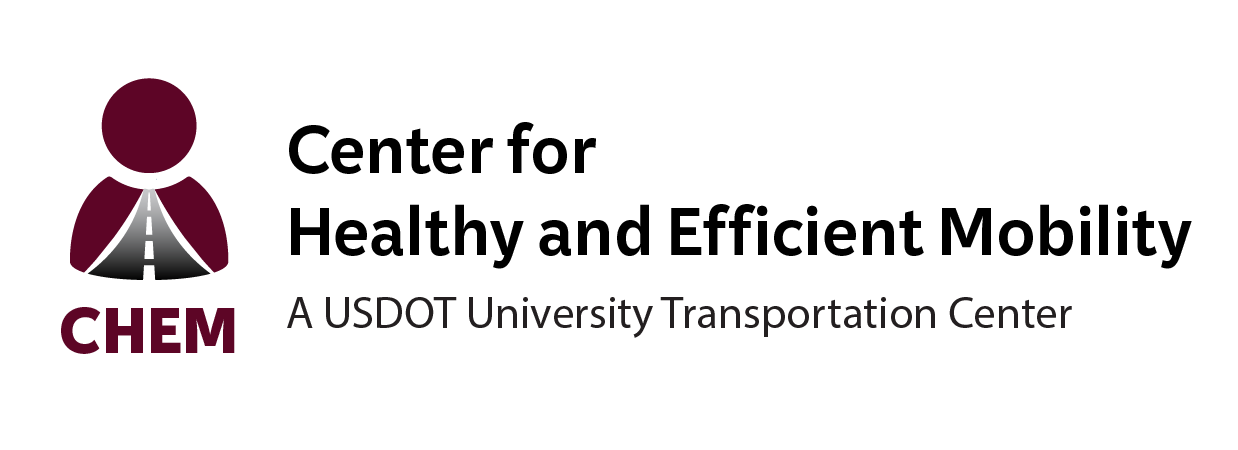How it Helps
Implementing
Equity Impacts:
One of the main concerns of congestion charges is its potential to negatively impact certain populations, particularly those of lower socioeconomic status.3 Individuals with higher incomes will be more willing to pay a moderate congestion charge, while other individuals may be unable to travel where they need to go if they cannot afford this additional tax. Therefore, there needs to be adequate infrastructure in place for alternative forms transportation—including bus stops, park-and-ride facilities, and bike paths—to ensure that these members of society are not detrimentally impacted.
Potential Barriers:
Introducing congestion charges in urban areas will likely be met with some degree of public protest, so there should be strategies in place to mitigate or address this reaction. Unfortunately, the implementation costs of a congestion pricing system can also be quite high, so this may be another barrier to implementing this strategy.
Examples
1) London Congestion Charge
London has implemented a congestion charge if commuters drive within a designated Congestion Charge Zone (CCZ) at certain times of the day. Additionally, users also must pay an additional charge if their vehicle does not meet London’s Ultra Low Emission Zone (ULEZ) standards. The goal of this effort is to help the city reach its climate goals, as well as protect the city’s most vulnerable communities from being disproportionately exposed to poor air quality.
https://tfl.gov.uk/modes/driving/congestion-charge
2) New York City Congestion Surcharge
Beginning in 2019, New York City approved a congestion surcharge for vehicles that pass through the city’s “congestion zone”. The congestion reduction rate would depend on the fee amount, with a higher fee most likely resulting in fewer cars on the road. It is expected that congestion pricing may begin by the end of 2023, following the installation of cameras, sensors, and other infrastructure.
